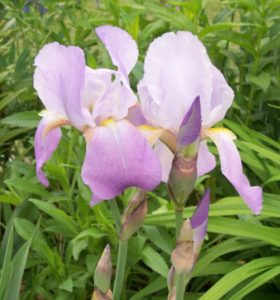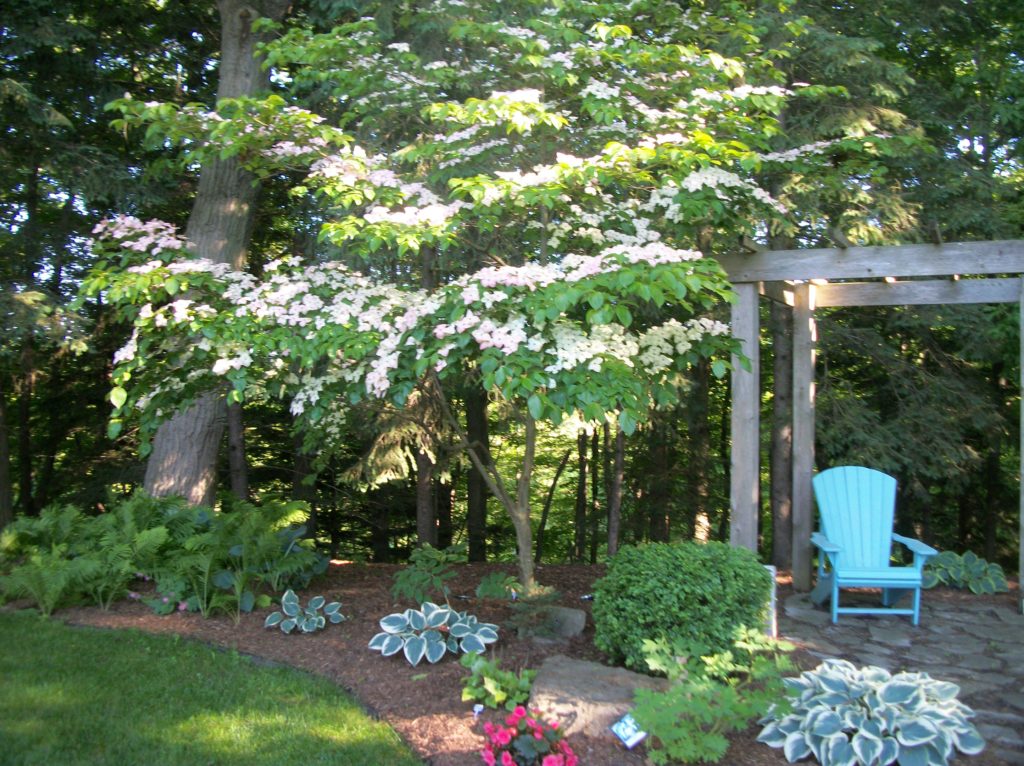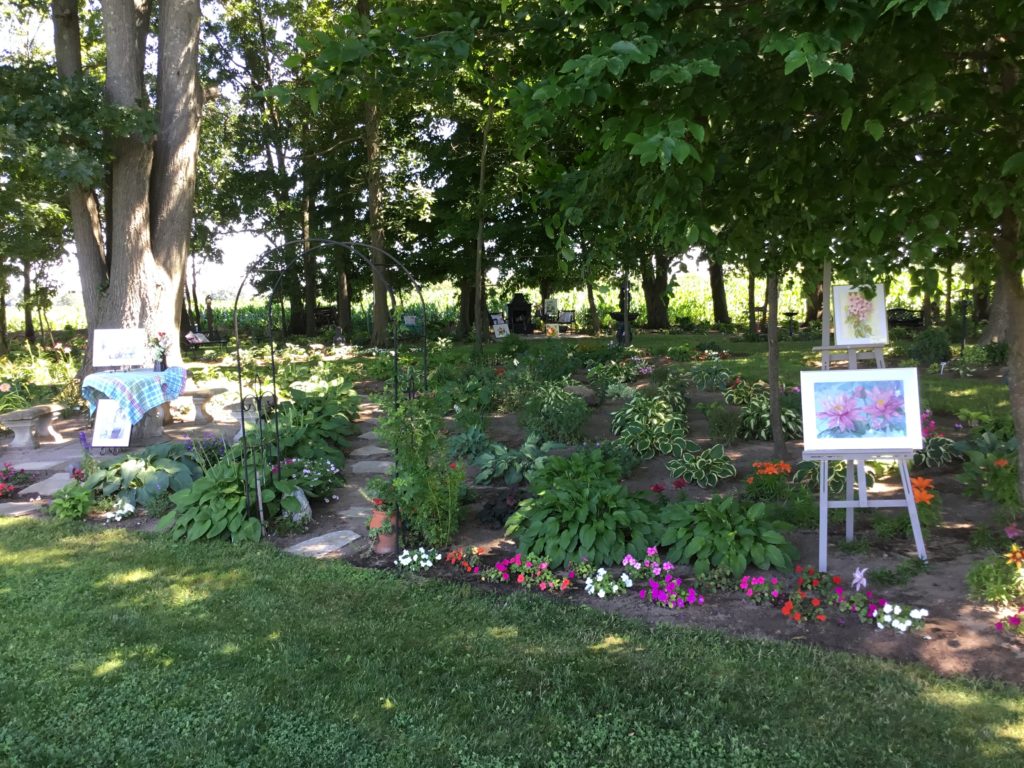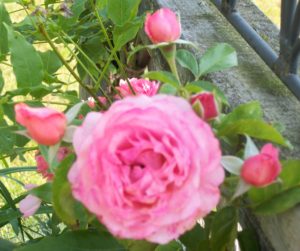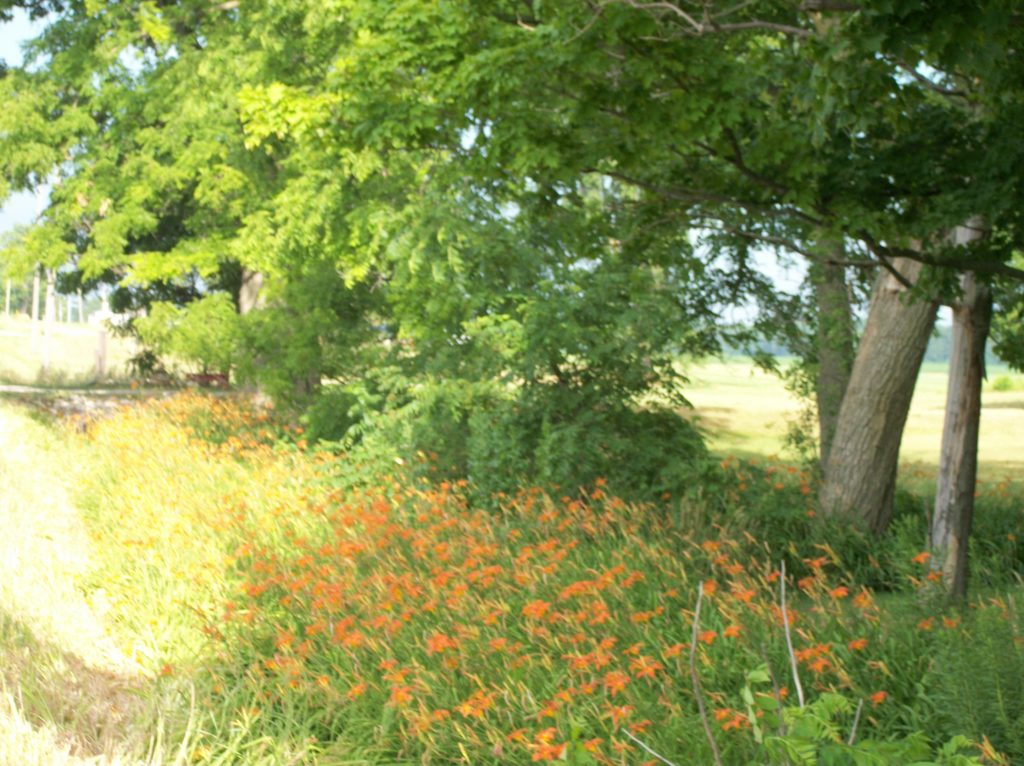It’s Still Just Dirt, The Tillsonburg News – September 2019
by Angela Lassam
We call a person who does gardening a ‘gardener’ but it does little to paint a picture of that person’s capabilities and attributes.
Some people become gardeners because of past generations or know of a person who enjoys gardening, but have you ever thought of the words you can apply to the word gardener and think of words that describe their personality.
A gardener long ago was someone who cut grass, trimmed hedges and had regimented beds of annual flowers. A vegetable garden, then known as a plot, was grown to help the family budget and allow for preserving for winter use. Now a gardener is someone who feels strongly about the loss of the pollinators, bats, frogs, birds and the wildlife habitat and gardens to help this. Millennials are wanting to get back to nature and teach their children through gardening how important it is to know where some of their food comes from and its quality. A new gardener may be a retiree who is just looking to enhance their surroundings without too much maintenance.
I should include farmers and horticulturalists as they do ‘gardening’ on a larger scale. They sow the seeds, take care of their soil and thus provide food for everyone. Some have not been good housekeepers of our earth in the past but have become aware of their impact worldwide and are working on improving their practices. They are leaving some scrubland to return to its natural form for all wildlife to share and thrive.
The gardeners’ character evolves from their diligence throughout their life. They show patience waiting for seeds to grow. There is hope when they watch the garden change throughout the seasons. Satisfaction when they reap the rewards of their hard work. Gardeners are generally very generous with their knowledge and sharing of plants and produce grown in their garden. They are healthier than some because of fresh food without chemicals, spending more time outdoors whether tending the garden or doing activities like walking, biking and birding.
So a job description of a gardener could read – eco-friendly, landscape designer, water manager, habitat builder, teacher and nature preserver and many more.
Members of the Society please remember the Photo Competition at the next meeting. Details are in the Tillogram or can be found on the website. It is easy to look through your photos, bring to the meeting and share with friends.
The next monthly meeting for the Tillsonburg Horticultural Society is on Tuesday, October 1st @ 7:30 p.m. in the Senior Centre Auditorium, Tillsonburg Community Complex (north side by the skate park). The speaker will be Sean James, Master Gardener and writer. The topic is “It doesn’t end in August”, a month by month study from September to December and beyond in the garden.
Check out the website www.tillsonburghorticultural.ca or facebook – tillsonburghorticultural. Everyone welcome, join us for a meeting $2 or become a member for only $20 per year for added benefits.
